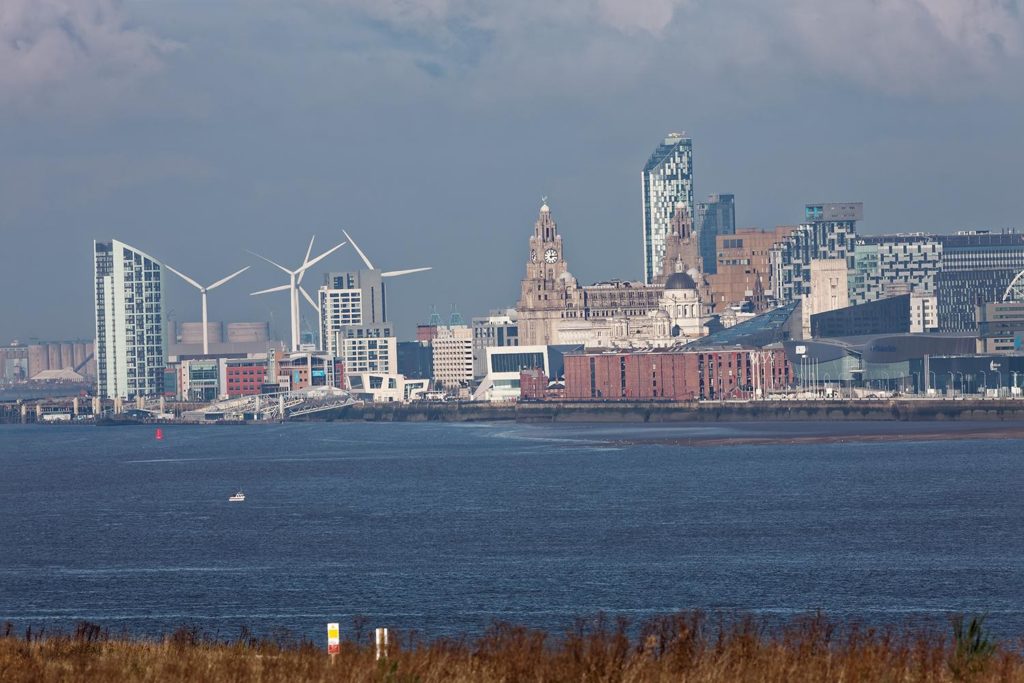Sometimes a title is just too good not to use and Wild Mersey was the name of a superb article by Chris Baines celebrating the return of wildlife to the Mersey Estuary.
This appeared in SourceNW magazine in 2009 which highlighted some of the achievements of the Mersey Basin Campaign.
The campaign began in 1985 and lasted for 25 years, bringing together industry, communities and government in a huge effort to clean up the Mersey. To give an idea of how bad things once were, P. D. Jones, in an article on the water quality and fisheries of the estuary, suggested that:
Everyone living on Merseyside was well aware of the dreadful conditions in the river – indeed, local folklore insisted that it was impossible to drown in the Mersey as one would be poisoned first.
As well as economic regeneration, another positive impact has been a rebound in fish populations, including sightings of salmon for the first time in many decades in Warrington, and even south Manchester. Seals are also increasingly spotted as far upstream as Warrington, along with dolphins and porpoises near the coast.
Another achievement of the campaign was to help to reclaim disused industrial land. This included creating the Speke and Garston Coastal Reserve, on the shores of the Mersey Estuary in south Liverpool. In winter, the low cliffs and grassland here are a good viewpoint for wading birds feeding on the mudflats below.
In fact this is just one of several reserves around the estuary on former wasteland, including those at Spike Island in Widnes and Wigg Island in Runcorn, built on the sites of former chemical works.
Wigg Island is perhaps the wilder of the two with several wildlife ponds and bird hides looking out across the estuary.
Further towards the coast, Port Sunlight Nature Reserve lies on the site of a former waste tip, which itself was on the remains of Bromborough Dock. The landscaped grounds now include a lake with reed beds and a low hill called ‘The Summit’ giving great views across the Mersey towards Liverpool.
Pickerings Pasture Local Nature Reserve near Widnes was also created on the site of a former waste tip, with woods, wildflower meadows and bird hides. It is also one of the best places around the estuary to see spectacular bird displays called murmurations.
Indeed all of these sites are good places to see wading birds in winter, such as curlew, dunlin, shelduck and oystercatchers, and there are several more reserves around the estuary shores. Wildlife numbers continue to recover thanks to the work of the Mersey Basin Campaign and its successors, including the Mersey Rivers Trust, the RPSB and local Wildlife Trusts.
If you’d like to read more about the wildlife and nature reserves in the estuary, I say more about this in my newsletter and The Mersey Estuary: A Travel Guide, which includes suggestions for places to visit and tips on seal and bird watching. Details below!
The Mersey Estuary: A Travel Guide describes places to visit around the estuary, walks and cycle rides, and its history, environment and wildlife. It was published in 2020 and is available from most bookstores; see www.troubador.co.uk for media news (under ‘Author News’), book reviews and a short video about the book.

